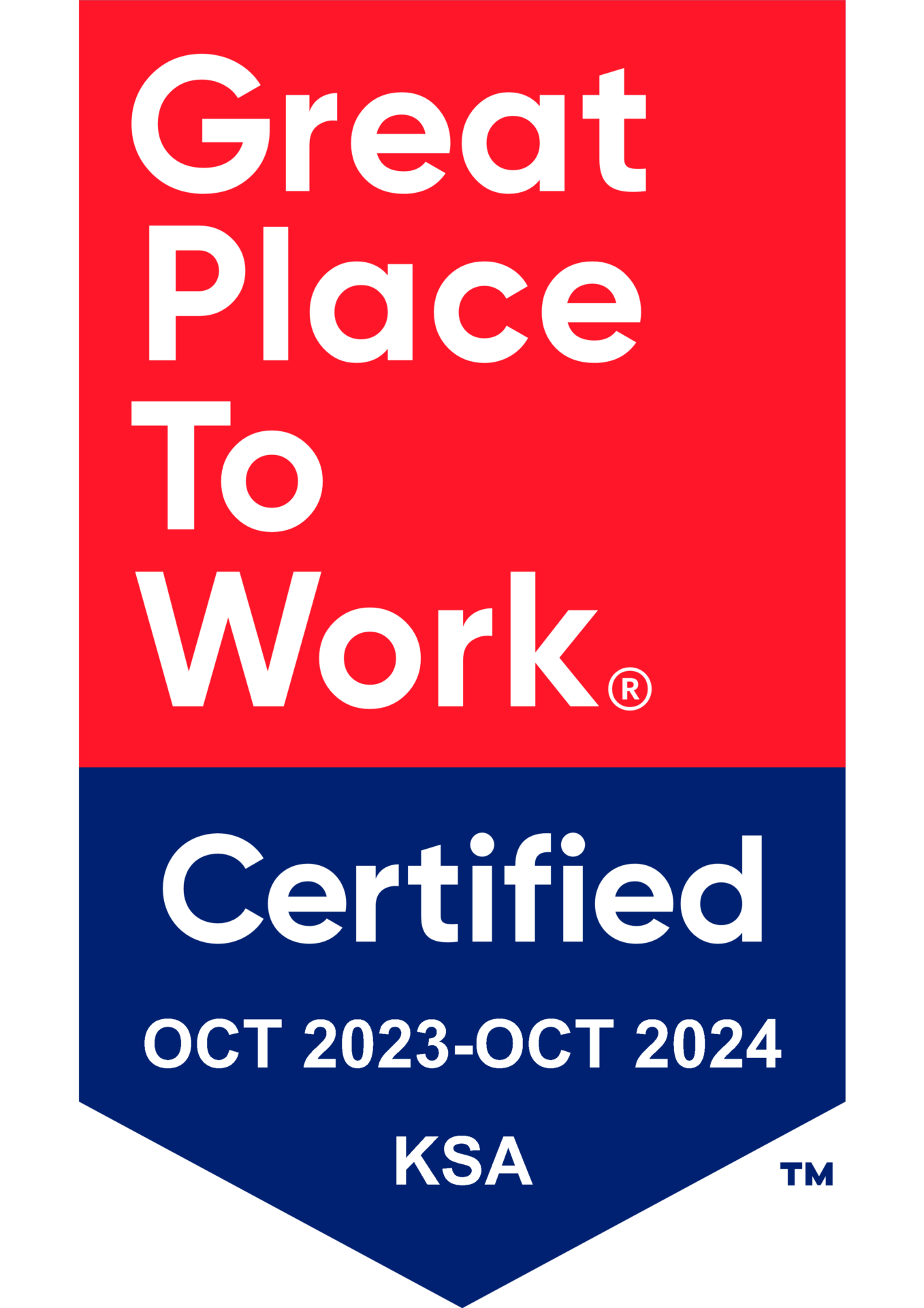Revenue Cycle Management (RCM) is the backbone of financial stability for healthcare organizations. Effective RCM ensures that every service provided is accurately billed and that payments are collected promptly. This guide will walk you through the essential steps of RCM, from pre-registration to continuous improvement, offering practical tips for optimizing each stage.
1. Pre-Registration and Registration

Pre-Registration: Start by gathering key patient information, including demographics, insurance details, and medical history before the visit. This proactive step helps verify insurance coverage and patient eligibility in advance, reducing the chances of complications later on.
Registration: When the patient arrives, update their details, clarify financial responsibilities, and confirm insurance information. This ensures transparency and helps prevent misunderstandings about costs and coverage.
2. Charge Capture and Medical Coding

Charge Capture: It’s crucial to meticulously record all services rendered during the patient’s visit. Missing charges can lead to lost revenue, so accuracy at this stage is vital.
Medical Coding: Utilize standardized coding systems like ICD-10 and CPT to accurately code each service. Proper coding not only ensures compliance but also maximizes reimbursement by reflecting the full scope of care provided.
3. Claim Submission and Management

Claim Submission: Preparing and submitting claims promptly to insurance companies is key to maintaining a steady cash flow. Accuracy is critical here to avoid rejections and delays.
Claim Management: Once claims are submitted, monitor their progress closely. Address any issues or denials immediately to ensure timely payments. Effective claim management can significantly reduce the time between service delivery and payment receipt.
4. Payment Posting and Patient Billing

Payment Posting: When payments are received from insurance companies or patients, they must be accurately recorded. This step is crucial for maintaining clear financial records and ensuring that patient accounts reflect their true balance.
Patient Billing: Send out clear, detailed billing statements to patients. These statements should explain the services provided, what has been covered by insurance, and what the patient owes. Transparency in billing helps maintain trust and encourages timely payments.
5. Collections and Follow-Up

Collections: Implement a structured process for collecting outstanding balances from patients. This might include automated reminders, payment plans, or follow-up calls.
Follow-Up: Regularly review and address unpaid claims. Timely follow-up can prevent claims from becoming delinquent and can help secure payments that might otherwise be delayed.
6. Financial Analysis and Reporting

Financial Analysis: Regular analysis of financial data is essential to identify trends, spot anomalies, and make informed decisions. By understanding where your revenue is coming from and where potential losses are occurring, you can take proactive steps to optimize your financial performance.
Reporting: Track key performance indicators (KPIs) such as days in accounts receivable, denial rates, and net collection rates. These metrics will give you a clear picture of your RCM effectiveness and highlight areas for improvement.
7. Continuous Improvement and Staff Training

Continuous Improvement: The healthcare landscape is always evolving, and so should your RCM processes. Regularly assess your RCM strategies and make adjustments as needed to stay current with industry changes and best practices.
Staff Training: Keep your team updated on the latest RCM practices, coding standards, and software tools. Regular training ensures that everyone is equipped to handle their responsibilities efficiently, reducing errors and improving overall performance.
Conclusion
Effective Revenue Cycle Management is a continuous process that requires attention to detail at every stage. By following the steps outlined in this guide and leveraging comprehensive RCM solutions like those offered by Waseel, healthcare providers can optimize their revenue, reduce operational inefficiencies, and ensure financial stability.
